 Wanted: a place to breed
Wanted: a place to breed
[Note: from around 1990; Openbills have increased since, but this article tells of them pretty much just surviving at two colonies in Thailand]
Reaching the road that leads to Ban Thasadet, some 80 kilometres north of Bangkok, I see the giant wooden stork a friend has told me of. It looks uncared for, its straw feathering dishevelled and home to families of Eurasian Tree Sparrows. But for this, the road is unremarkable: a track running beside a canal, through a landscape of fields and farmsteads.
Minutes later, the taxi driver points skywards; there is a flock of Asian Openbill Storks circling over the fields. Then, as we approach a wood, I see a group of storks in a field. We turn left towards the wood, pass signs with conservation slogans (‘sky belongs to birds’ ‘water belongs to fishes’), and stop at a car park.
Just metres away, storks loiter on the road. Above them, there are storks in the trees. I walk along the road. Left and right of me, there are storks. They sit on trees, on bushes, on the roof of a farm. Storks are walking beneath the trees, standing in ponds and ditches. Overhead, storks gather into a swirling flock, ascend in a thermal, and glide off in search of food. There is a sharp smell — ammonia, from the droppings — and a continual hubbub, like the gabbling of hundreds of farmyard ducks.
Now designated a non-hunting area, Ban Thasadet was set aside by a landowner willing to sacrifice revenue for conservation. Protection was originally for Black-crowned Night-Herons, and Cattle and Little Egrets, which nest by the hundred in the wet summer months. The Asian Openbills arrived only recently, and their numbers have swollen from the pioneering few to the thousands which now surely occupy most possible nest sites. They nest from November to March; the current breeding season is almost over.
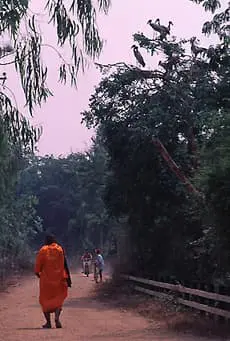
The road soon leads me to the edge of the wood, which is only small — the area of a few football fields. Small, but packed with Openbill nests; the larger trees hold ten, twenty, thirty or more nests, the low bushes invariably one or two nests, sometimes several.
Heading back to the car park, I notice a few other birds, and a reptile. Beneath the trees, a monitor lizard is stalking through the grass, perhaps hoping to find late eggs or hapless chicks that have fallen from nests. Two nearby Little Egrets are probably more interested in finding insects or amphibians; like the storks, they show little concern as I walk past — clearly, the sanctuary is effective. For waterbirds, anyway: Spotted Eagles have reportedly been killed here in winter, in misguided attempts to protect the colony.
I turn left after the car park, and find a small pond, surrounded by the inevitable storks, and with five or six Javan Pond-Herons standing on branches and vegetation, watching for prey. Two Common Mynahs fly over, and perch in a tree. Beside the pond is a small pavilion, nest site for a pair of Plain-backed Sparrows. They have young, and both make short visits to bring food. The female is drab, the male handsome, unstreaked rufous brown above, with yellow washed underparts setting off his crisp black bib.
There is a sturdy observation tower, which I climb for close up views of the nesting storks going about their lives. Though a few flap off as I climb up, most remain at their nests. The nearest are young birds, their bills dark, and shorter than those of the adults. Panting in the hot sun, they stand and wait for their parents to return with food. While these close birds are not yet ready to leave their nests, some youngsters are making short test flights. Others have gathered into the pre-adolescent bands that roam the area, paying little attention to villagers and visitors. Here, their lack of concern is justified. But different rules will apply when they leave Ban Thasadet. To survive to the next season, they must learn to fear man.
Perhaps because they have experienced man as a hunter, the adults are warier. The parents of the close storks approach their nests cautiously, regurgitate the food their offspring quickly devour, then fly off to perch at a safer distance. Their dull yellow bills have the shape that led to the name ‘openbill’ stork. The lower half curves down, leaving a gap, then up again to cross with the other at the tip. Though not elegant, the design is effective — the storks swiftly winkle out the flesh of their favourite food, the apple snail.
Towards sunset, I see a Little Cormorant flying overhead; during the next few weeks, some tens of these birds will arrive to nest, as the summer shift takes over Ban Thasadet. Nine Black-headed Ibises appear over the trees; they drop down, and are hidden from view. They have been feeding in fields and marshes, and will roost at Thasadet. Soon, they will migrate north — once resident in Thailand, perhaps breeding in this area, Black-headed Ibis is now only a winter visitor to the country.
The sun reddens, dims, and disappears, lost in the haze. Still, the storks are gabbling away, flighting in with food, making test flights, and arguing with their neighbours. Riding pillion on a motorbike, I bounce along the roads towards the nearest town, Suphanburi, and my hotel.
The Asian Openbill is one of six species of storks which have bred in Thailand, and the only one still found in any numbers. Like most of the country’s waterbirds, the storks have suffered from habitat losses, hunting, and disturbance. A paper on Thailand’s larger waterbirds by ornithologists Phil Round, Bubphar Amget, Jira Jintanugol and Utai Treesucon makes for mostly gloomy reading. ‘Once common in the Central Plains and in the marshes of the peninsula,’ they write of the Painted Stork, ‘the Thai breeding population … is on the verge of extinction.’ Similarly, the Woolly-necked Stork was ‘once fairly common and widespread’ but ‘has almost completely disappeared’. The Black-necked Stork is ‘On the verge of extinction’ while, for the Lesser Adjutant, local people have reported that they still attempt to breed at one site, and that ‘young are stolen from the nest by villagers.’
Most pathetic of all, perhaps, is the story of Storm’s Stork in Thailand. The species was first recorded in the country in 1986, when a nest — the first known to science — was found in the Khlong Saeng Wildlife Sanctuary. Soon after the discovery, a villager stole the two young from the nest. And by the next breeding season, the lowland forest where the storks made their home had been flooded by a hydro dam scheme. No tract of similar forest remains, and Storm’s stork, probably the world’s rarest member of the family, may never again nest in Thailand.
The Openbill’s relative success is due in part to it being less fussy about habitats than the other storks. Rather than relying on wetlands, it can feed in dry paddy fields, digging snails from hard baked mud. Nor does it need large trees for nesting; almost any vegetation from small trees upwards will evidently suffice. Also important is the Openbill’s tolerance of man.
And man’s tolerance of the Openbill. Or, more strictly, the tolerance and protection afforded by a few individuals.
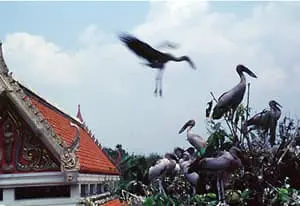
By 1955, Thailand had only one colony of Openbill Storks, at Wat Phai Lom (Phai Lom Temple) on the outskirts of Bangkok. Despite the monks trying to protect the birds by declaring their nesting grounds part of the temple, and the species being given full legal protection in 1960, the colony continued to suffer persecution. Noted one report: ‘Poachers in the colony at night with slingshots accounted for several hundred adults in 1970 and almost broke up the colony.’
But, partly thanks to the efforts of Thailand’s pioneering conservationist, the late Dr Boonsong Lekagul, 1970 was also the year Wat Phai Lom was officially declared a sanctuary. The Openbills responded well. There had been an estimated 4000 birds in 1964; 16 years later about 30,000 were counted.
Though it is hard to assess such numbers, I guess there are far less than 30,000 storks when I visit Wat Phai Lom. Indeed, I first find no nests; reaching a temple I assume is Phai Lom, I only see storks passing over, in smaller flights than at Ban Thasadet.
The piping notes of a Plaintive Cuckoo ring out; I search for it, and find it near the top of a large tree in front of the temple. An Indian Roller flashes blue as, from its lookout on a post, it makes sallies after insects. A Magpie Robin hops across the grass; it is well named, like a larger, longer version of a European Robin, but with a Magpie’s plumage.
My taxi driver, who until today knew nothing of Wat Phai Lom and, curious, has left his cab to explore with me, walks up, and tells me I am in the wrong place; this is a different wat. He leads me through the trees towards Phai Lom, and the colony. On this hot, late dry season day, the wood is quiet, birdwise. A Common Tailorbird chatters amongst the tangled undergrowth. Streak-eared Bulbuls — which the Thai field guide describes as ‘Rather nondescript’, and I rate as very nondescript — gossip merrily in the trees. Best bird for me is a Spotted Owlet, which bounds away from a tree we pass, then sits on a branch and peers at us.
I notice none of the birds which occur in winter at Wat Phai Lom; the Siberian Blue Robins, Red-breasted Flycatchers, Yellow-browed Warblers, Forest Wagtails and others have mostly, or all, left already. Nor do I see any of the rarities among the 200 or so species to be found here — no Painted Stork, Black-headed Ibis, or Spot-billed Pelican.
But it is the Openbills I am chiefly interested in today and, sure enough, I find their colony around Wat Phai Lom. Though it has the typical roof of iridescent red tiles and gilt corners, the temple is a modest affair compared to many of Thailand’s wats. Two monks and the abbott sit outside it, shielded from sun, rain — and droppings — by a wooden shelter; they have a selection of Buddhist trinkets for sale. The taxi driver buys a couple; they’ll bring good luck, he says. I also buy, largely as a way of making a donation to the temple.
After seeing my camera gear and binoculars, and talking about me with the taxi driver, the abbott disappears into the temple, and emerges to show me a Japanese newspaper article about the stork colony. He speaks no English; I speak no Thai (if you don’t count ‘I can’t speak Thai’), but the abbott decides to help me, by taking me to a good vantage for photographing the storks.
I sit on a platform, even nearer to nesting storks than I was in the Ban Thasadet observation tower. The two closest birds have chicks, far younger than the fedglings and fledgling wannabes I saw at Thasadet, and at other nests at Wat Phai Lom. Perhaps this is because the parents are themselves young — I guess this because their bills are duller, and a little shorter, than those of some adults — and so less experienced at breeding. If so, this may also explain why there is only one chick in each of the two nests; Openbills lay up to five eggs and, in most years at Wat Phai Lom, an average of two young per nest survive.
Each chick has a parent standing over it, wings drooped a little, shielding it from the sun. But, after its mate returns, one of the birds decides there is something more interesting to do than act as a sunshade. It leans towards the other nest, reaches down and, with its bill, tries to pull away a piece of nest material.
The rival stork will have none of this. It postures in threat display, wings out, neck outstretched. The thwarted thief lets go of the branch and, together with its mate, postures back, and looks away — who’s interested in your nest material, anyway? Then, when the three seem settled, it tries again, just as slow, and sneaky. Again, the rival threatens, again there is bluster but no battle, again the would-be thief is all innocence. I laugh at their routine, which circus clowns might be proud of.

From the platform, the colony seems sparse compared to Ban Thasadet. Censuses had indicated a decline in numbers during the early eighties, to 8,600 nests by 1986. No one was sure of the reason: disturbance, pesticides, and hunting in other parts of their range may have all played a part. It appears to me that the numbers have fallen still further since 1986 — but this may be mainly because many birds have moved, to at least three sites, especially Ban Thasadet.
This partial exodus will benefit the colony — in the mid-1980s there were apparently ‘too many birds to survive’ (a theoretical solution was to kill ‘the excess’). Their accumulated droppings killed trees, including the largest, the dipterocarps — one of which once held 386 stork nests. The birds had responded by increasingly relying on bamboos for nesting, but writer Nigel Sitwell has suggested the bamboo species is due for its periodic flowering, and die-off, perhaps next year [[1993]]. If so, the switch to other sites may be just in time.
The partial exodus will also increase the survival chances of Thailand’s Openbills; one huge nesting assembly is impressive, but it is better for the birds not to have all their eggs in one colony. And, with Thailand now home to perhaps half the world’s Asian Openbills, it is also important for the species as a whole.
Once widely distributed through tropical Asia, the Openbill now has a patchy distribution. Because of persecution, it no longer breeds in Pakistan. In Bangladesh, thanks to a tradition of hunting dating back to the British, the breeding population has been slashed to perhaps 100 at best. In Vietnam, the Openbill is now rare, known from just two sites. Only India and Sri Lanka, where the storks are tolerated, hold numbers to rival Thailand — around 25,000 were counted in winter 1988/1989. While no recent censuses have been made, the number breeding in Thailand may be similar, though perhaps not as high as the peak of 30,000 in 1980.
Ban Thasadet has proved by far the most successful of the new colonies. The nesting birds at the others number, at best, only a few hundred. Poaching likely limits the Openbill’s spread — there have been reports of the village head man taking eggs from a colony in Ang Thong province. Then, not everyone welcomes the storks. They can be a nuisance — they break off branches for their nests, while their droppings smell, and may kill trees. The monks at the wat neighbouring Phai Lom reportedly do not like the birds, and may discourage them from taking up residence, perhaps by smoking them out.
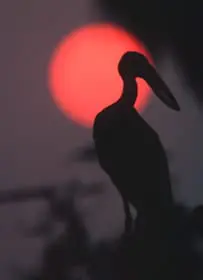
In April, most of the Openbills will start on a migration to the deltas of the Ganges and the Bhramaputra in Bangladesh. There, they might have once joined a healthy resident population, but now they must face hunters, who will also take their toll along the migration route. Other birds will wander to the north of Thailand; a few to Kampuchea. They too will have hunters to contend with.
For the birds that survive the summer, there are the two breeding sanctuaries to return to. Two places where tolerance on both sides — by man and bird — has produced a remarkable lesson in co-existence. A lesson we can only hope others will learn from, take to heart, and follow. If so, other Thai storks could benefit; instead of warning of imminent extinction, future status reports might tell of population recoveries. But I wonder. In Buddhist Thailand, is more widespread tolerance too much to hope for?
[This article first appeared in the winter 1992/1993 issue of Birds Illustrated.]

 Wanted: a place to breed
Wanted: a place to breed



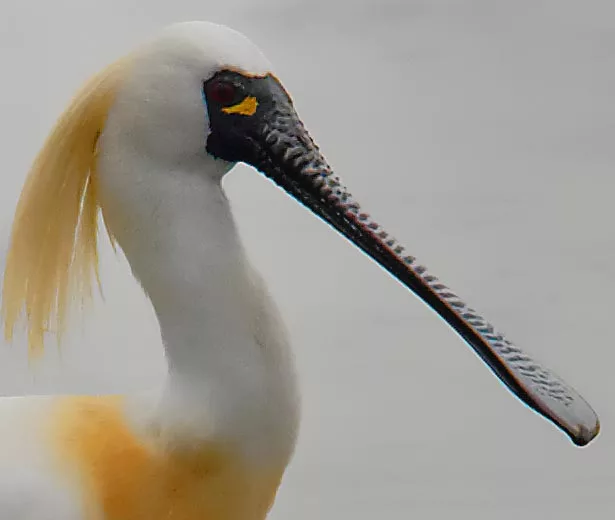
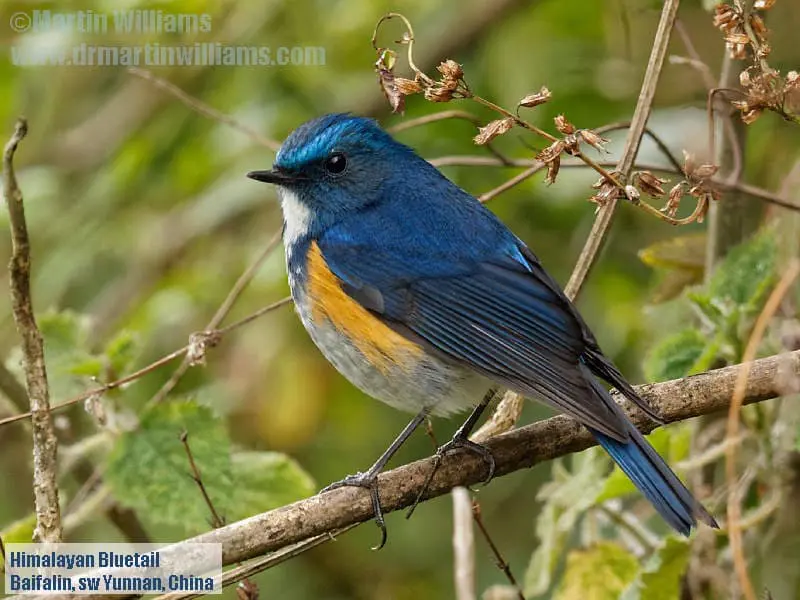

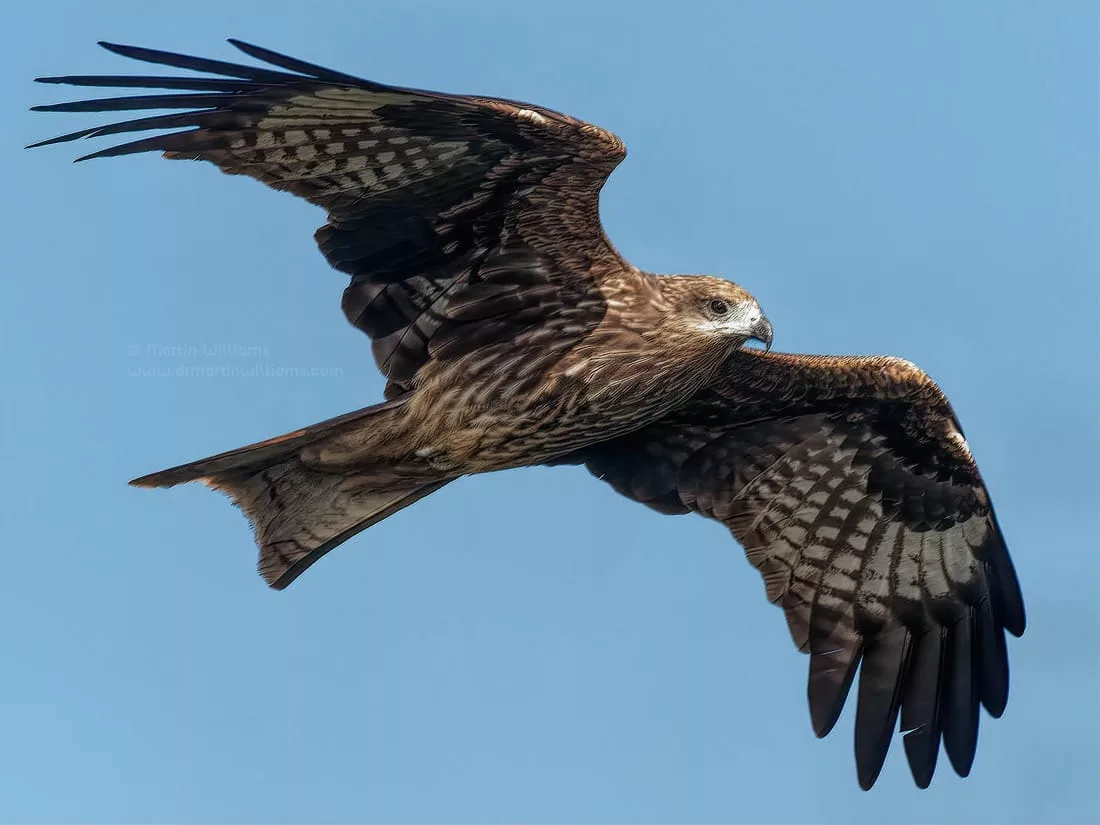




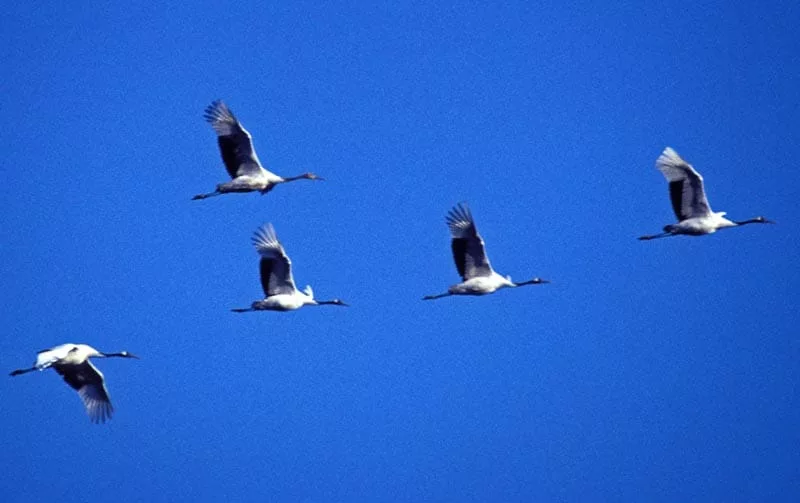
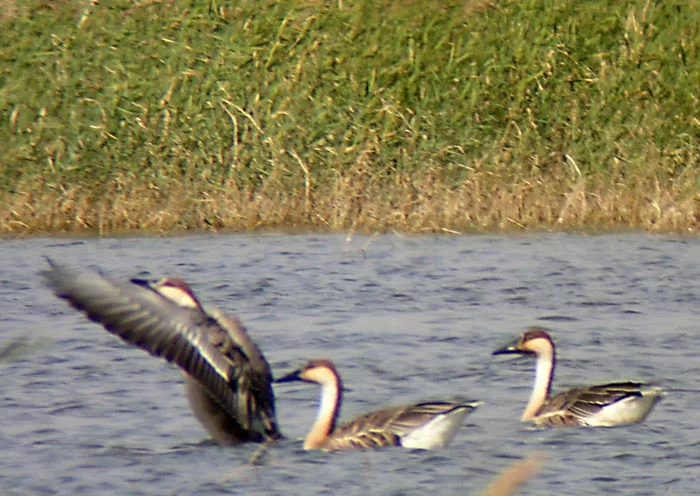
What a refreshing and pleasant story. I wish the news was better, but your storytelling made up for the grim, albeit improving, outlook. Thank you.
Thanks Jill; I have to fess up, the story’s from around 1990.
Openbills are I believe commoner in Thailand now; but the situation for various other large waterbirds in se Asia remains mostly challenging.